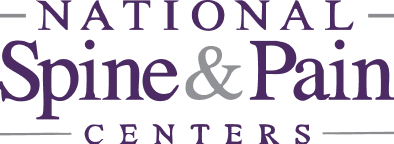The Role of Platelet-Rich Plasma (PRP) in Healing Sports Injuries
Sports injuries can be frustrating, slowing you down and keeping you off the field longer than expected. For many athletes, the road to recovery isn’t just about resting—it’s about finding treatments that help the body heal naturally and efficiently. Platelet-Rich Plasma, or PRP, has become a popular option in sports medicine, offering a way to tap into the body’s own healing power.
Understanding Platelet-Rich Plasma (PRP) Therapy
What is PRP Therapy?
PRP therapy uses a small sample of your own blood to kickstart healing. After a simple blood draw, a centrifuge separates the platelets—the cells responsible for growth and repair—from other blood components. These concentrated platelets are then injected into the injured area, delivering growth factors directly where they’re needed most. By encouraging tissue repair from within, PRP provides a natural approach to recovery.
Science Behind PRP
PRP works on a cellular level, stimulating repair and regeneration. Growth factors in platelets help new cells form and promote collagen production, improving tissue structure. This process supports muscles, ligaments, tendons, and other soft tissues, giving the body the tools it needs to heal more effectively and efficiently.
Applications in Sports Medicine
PRP is widely used for tendon injuries, ligament sprains, muscle strains, and joint problems. From professional athletes to weekend warriors, many have benefited from its minimally invasive approach. By targeting the injury directly, PRP can speed recovery and reduce downtime, letting you get back to your sport faster.
Effectiveness of PRP in Treating Sports Injuries
Clinical Evidence and Research
Studies show PRP can reduce pain and improve function, particularly in knee injuries and chronic tendon issues. Research also suggests faster recovery times when PRP is combined with physical therapy or other rehabilitation strategies. While results can vary, the evidence supports PRP as a valuable addition to sports injury treatment plans.
Comparing PRP to Traditional Treatments
Unlike corticosteroids or surgery, PRP enhances the body’s natural healing process rather than relying solely on external intervention. Because it comes from your own blood, the risk of rejection is minimal. This approach often reduces inflammation and helps athletes return to activity sooner than traditional methods.
Patient Outcomes and Case Reports
Most patients experience pain relief, improved mobility, and fewer side effects compared with more invasive treatments. Minor soreness at the injection site is common, but serious complications are rare. Pairing PRP with guided rehab exercises ensures the best long-term results and helps prevent repeat injuries.
The Procedure and Preparation of PRP Therapy
Extraction and Preparation
After drawing a small blood sample, a centrifuge separates platelets from other blood components. The concentrated platelets are then prepared for injection, ensuring they’re at optimal levels to support tissue healing.
Administration Techniques
PRP is carefully injected into the injured area, often with imaging guidance like ultrasound. Some cases may require multiple injections over time, depending on the severity and location of the injury. Precision ensures the therapy targets the problem effectively.
Pre-Treatment and Post-Treatment Care
Before PRP, avoiding anti-inflammatory medications is typically advised. After treatment, gentle rehab and limited strain on the area help maximize results. Follow-ups are important to track progress and adjust treatment if needed.
Controversies and Limitations of PRP Therapy
Debate on Efficacy
PRP results can vary based on injury type, patient age, and overall health. Some studies show mixed results, while others highlight measurable improvements. Standardized protocols are still evolving, which can influence outcomes.
Regulatory and Ethical Considerations
PRP isn’t equally available everywhere, and costs can be high. Questions about equitable access remain, especially for non-professional athletes. Clear regulations and transparency help ensure patients receive safe, ethical care.
Potential Risks and Side Effects
PRP is generally safe, but minor risks exist, including soreness, swelling, or temporary irritation. Proper administration by qualified providers is key to minimizing complications and ensuring treatment success.
Future Directions and Innovations in PRP Therapy
Advancements in PRP Technology
Researchers are exploring combining PRP with stem cells and customizing treatments based on genetic profiles. These innovations could enhance healing and make recovery even faster.
Ongoing Research and Trials
Clinical trials are expanding the use of PRP beyond sports injuries, looking at osteoarthritis, post-surgical recovery, and regenerative medicine applications. These studies continue to refine treatment strategies.
Potential for Integration in Comprehensive Treatment Plans
Pairing PRP with physical therapy, nutrition, and ergonomics can create a holistic recovery plan. This approach supports both physical healing and long-term injury prevention, helping athletes return stronger than before.
At National Spine & Pain Centers, we tailor PRP therapy to each patient’s needs, combining cutting-edge research with personalized care.
Don’t let sports injuries hold you back—call us today at to start your journey to faster, natural recovery.


.2508191739269.jpg)